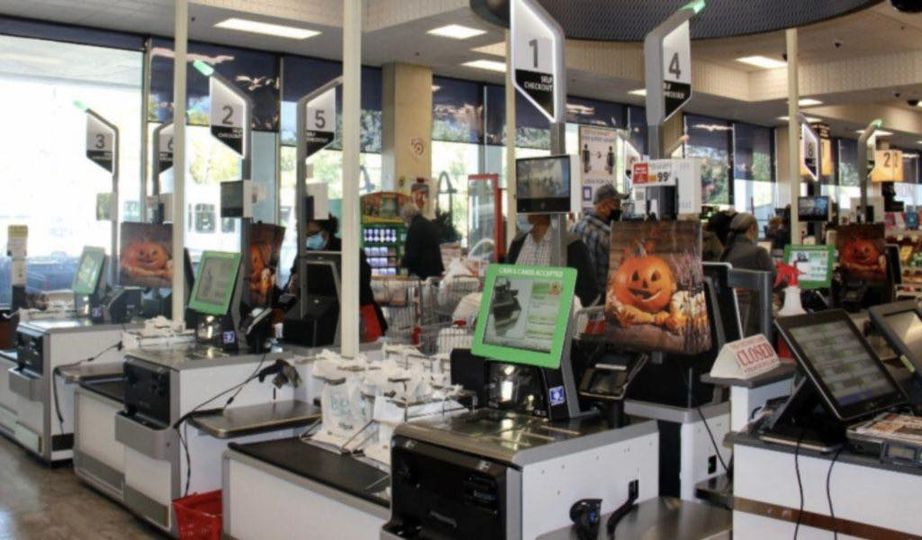Large businesses are reconsidering the use of self-checkout lines due to negative customer feedback. Despite the popularity of self-service checkout lanes in recent years, not everyone has embraced this technological innovation, leading to complaints from some customers. The potential reduction in the number of self-checkout lanes could bring relief to those who dislike the self-checkout process.
Self-checkout lanes were initially introduced in the 1980s and saw increased usage in the 2000s, reaching a peak during the pandemic. The primary goal was to cut labor costs and minimize employee-to-customer interaction during the health crisis. However, some customers feel compelled to perform tasks previously handled by store employees, leading to complaints.
The surge in complaints, along with increased losses from theft and customer errors, has prompted some businesses to consider scaling back or eliminating self-checkout options. Data from 2016 revealed that shops with self-checkout experienced a loss rate of around 4%, higher than the industry norm.
To address customer concerns, certain businesses, such as ShopRite in Delaware and some Walmarts in New Mexico, have removed self-checkout lanes. Wegmans, which previously allowed customers to scan barcodes and make payments, has discontinued this feature. Costco has increased personnel near self-checkout lines to prevent unauthorized card usage.
The debate over the continuation of self-service checkout lanes raises questions about the balance between convenience and customer satisfaction. It remains to be seen how businesses will respond to these concerns and whether they will opt to maintain, reduce, or eliminate self-checkout options based on customer preferences.
